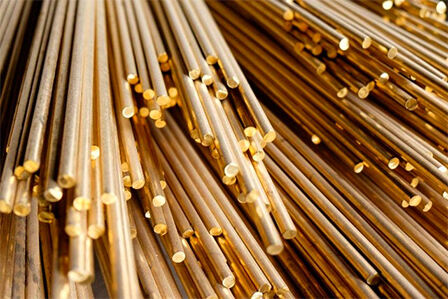Faucet braided hoses are essential for connecting faucets to the water supply and are designed to be flexible, durable, and resistant to various conditions. Here are the common materials used in faucet braided hoses:
1. Stainless Steel
· Material Composition:Typically made from 304 or 316 stainless steel, which are highly resistant to rust and corrosion.
· Construction: Features a braided stainless steel exterior woven over a flexible inner tube made from materials like EPDM (Ethylene Propylene Diene Monomer) rubber or plastic.
Advantages:
o Corrosion and Rust Resistance: Ideal for environments with high humidity or exposure to chemicals.
o High Strength: Can withstand high water pressure and temperature fluctuations.
o Durability: Long lifespan and robust performance under various conditions.
· Applications: Commonly used in residential, commercial, and industrial settings where durability and reliability are crucial, including both hot and cold water lines.
2. Flexible Plastic (Polyethylene or PEX)
· Material Composition: Made from flexible plastic materials like polyethylene (PE) or cross-linked polyethylene (PEX), with a braided reinforcement layer often made of polyester or nylon fibers.
· Construction: The inner tube is a flexible plastic that provides flexibility and resistance to scaling, while the outer braided layer adds strength and helps prevent kinking.
· Advantages:
o Lightweight: Easier to handle and install compared to metal hoses.
o Corrosion Resistance: Resistant to corrosion and scaling, which helps maintain water flow.
o Cost-Effective: Generally more affordable than stainless steel hoses.
· Applications: Suitable for residential plumbing, especially in environments where corrosion is less of an issue. Ideal for use with cold water and some hot water applications depending on the specific plastic grade.
3. Nylon Braided
· Material Composition: Consists of a rubber or plastic inner tube reinforced with a braided nylon fiber layer.
· Construction: The inner tube provides flexibility and water resistance, while the braided nylon adds strength and prevents damage from external forces.
· Advantages:
o Abrasion Resistance: Nylon braid enhances resistance to wear and tear.
o Flexibility: Maintains flexibility for easy installation and handling.
o Affordability: Generally less expensive than metal braided hoses.
· Applications: Often used in residential settings for both cold and hot water lines where extreme conditions are not a concern.
4. Rubber (Reinforced with Fiber)
· Material Composition: Comprises a rubber inner tube (such as EPDM) reinforced with a fiber braid made from materials like polyester or aramid fibers.
· Construction: The rubber layer provides flexibility and elasticity, while the fiber reinforcement enhances strength and pressure resistance.
· Advantages:
o Flexibility and Durability: Rubber hoses are flexible and durable, suitable for various temperatures and pressures.
o Temperature Resistance: Can handle a range of temperatures, making them versatile.
o Impact and Abrasion Resistance: The fiber reinforcement helps protect against external damage.
· Applications: Used in both residential and commercial settings, especially where flexibility and temperature resistance are important.
5. Braided PVC
· Material Composition: Made from PVC (polyvinyl chloride) with a braided polyester reinforcement layer.
· Construction: The PVC inner tube is flexible and resistant to abrasion, while the braided polyester provides additional strength and helps prevent kinking.
· Advantages:
o Cost-Effective: Generally the most affordable option among braided hoses.
o Flexibility: Good flexibility and ease of installation.
o Chemical Resistance: Offers some resistance to chemicals and UV light.
· Applications: Suitable for low to moderate pressure applications, often used in residential settings for cold water lines or for situations where cost is a primary concern.


 EN
EN
 AR
AR HR
HR CS
CS DA
DA NL
NL FI
FI FR
FR DE
DE EL
EL HI
HI IT
IT KO
KO NO
NO PL
PL PT
PT RO
RO RU
RU ES
ES SV
SV IW
IW LT
LT SR
SR SK
SK SL
SL UK
UK SQ
SQ GL
GL HU
HU TR
TR FA
FA GA
GA CY
CY MK
MK KA
KA BN
BN BS
BS LA
LA MR
MR NE
NE
